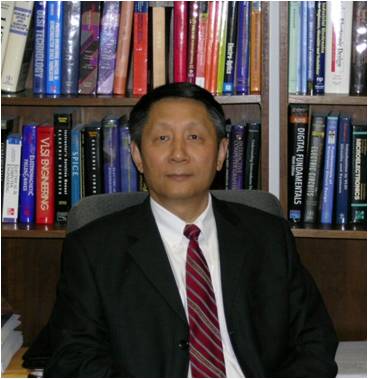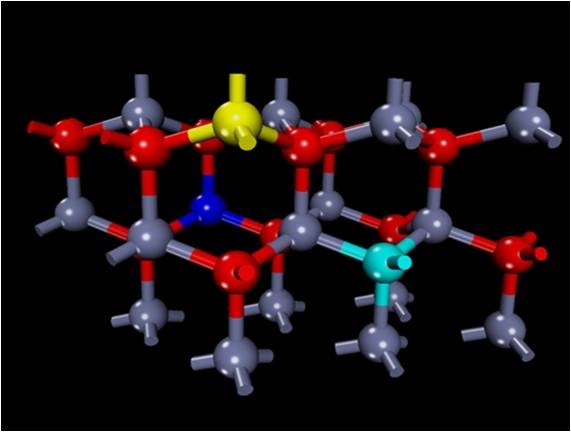 |
报告人简介:
Dr. Lu is a Paul S. and Mary W. Monroe Faculty Scholar, the endowed chair professor and chairman in the Department of Electrical and Computer Engineering at Rutgers. His major research field is micro- and nano-electronic materials and devices. He has published over 200-refereed articles, and received 17 U.S. patents. Dr. Lu is a co-organizer and Co-Chairman the 2nd, 3rd and 5th International ZnO Workshops. He has been an organization committee member and a co-chairman of ZnO session in EMC since 2005. In 1991, Dr. Lu received NSF Research Initiation Award. He received the 1993 Warren I. Susman Award for Excellence in Teaching, the highest teaching award at Rutgers. In 1994 he received the Rutgers University Board of Trustees Research Fellowship award for Scholarly Excellence, and the IEEE Outstanding Student Counselor and Advisor Award in 1995. In 2002, Prof. Lu was one of the two recipients of the Rutgers Teacher-Scholar award. |
Abstract:
ZnO is a promising wide band gap semiconductor. It has been also emerging as an important multifunctional oxide. Through proper doping or alloying, ZnO –based materials can be made transparent and conductive, piezoelectric, or ferromagnetic. ZnO based single crystal nanostructures can be grown on various substrates at relatively low temperature. We have integrated ZnO based multilayers and nanostructures to construct novel devices.
High quality epitaxial ZnO and MgxZn1-xO films are grown on sapphire substrates by MOCVD. The non-polar ZnO-based structures are used to make various devices, including high speed UV detectors, Schottky diodes, and FETs. ZnO semiconductor and piezoelectric films are integrated into the multilayer structures to make the tunable devices, such as a RF phase shifter and the wireless UV detector using the acousto-electric and acousto-optical interactions, respectively. Single crystal ZnO nanotips are grown on various substrates. The nanotips exhibit dominant free excitonic transition and enhanced luminescence efficiency. A 3-D electrode is developed by integrating a 2-D ZnO based transparent conductive oxide (TCO) film with 1-D ZnO nanotips array by sequential MOCVD growth. The solar cells which use such 3-D ZnO photoelectrodes show better efficiency and faster speed. The integration of the 3-D ZnO electrodes with a GaN LED enhances the device’s photon extraction. The recent progress on the ZnO nanostructure-based resistive switching devices will also be discussed. The integrations of the ZnO memristor with ZnO diode (1D1R) and with ZnO thin film transistor (1T1R) form the basic building blocks for the reconfigurable electronics and optoelectronics.
|






